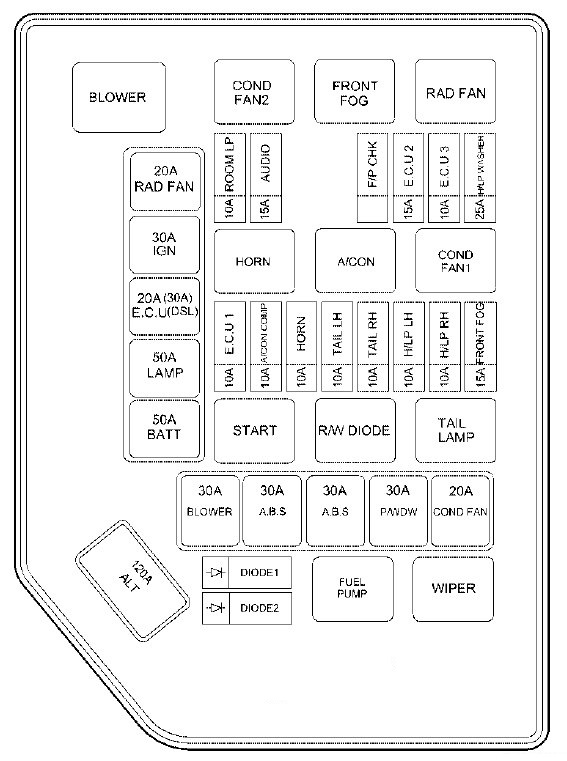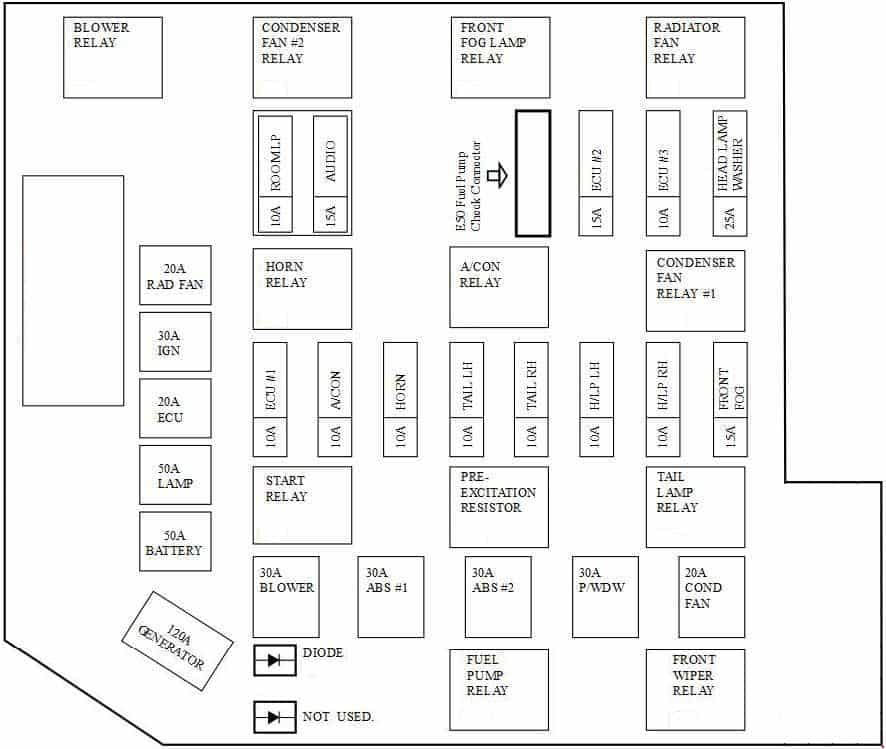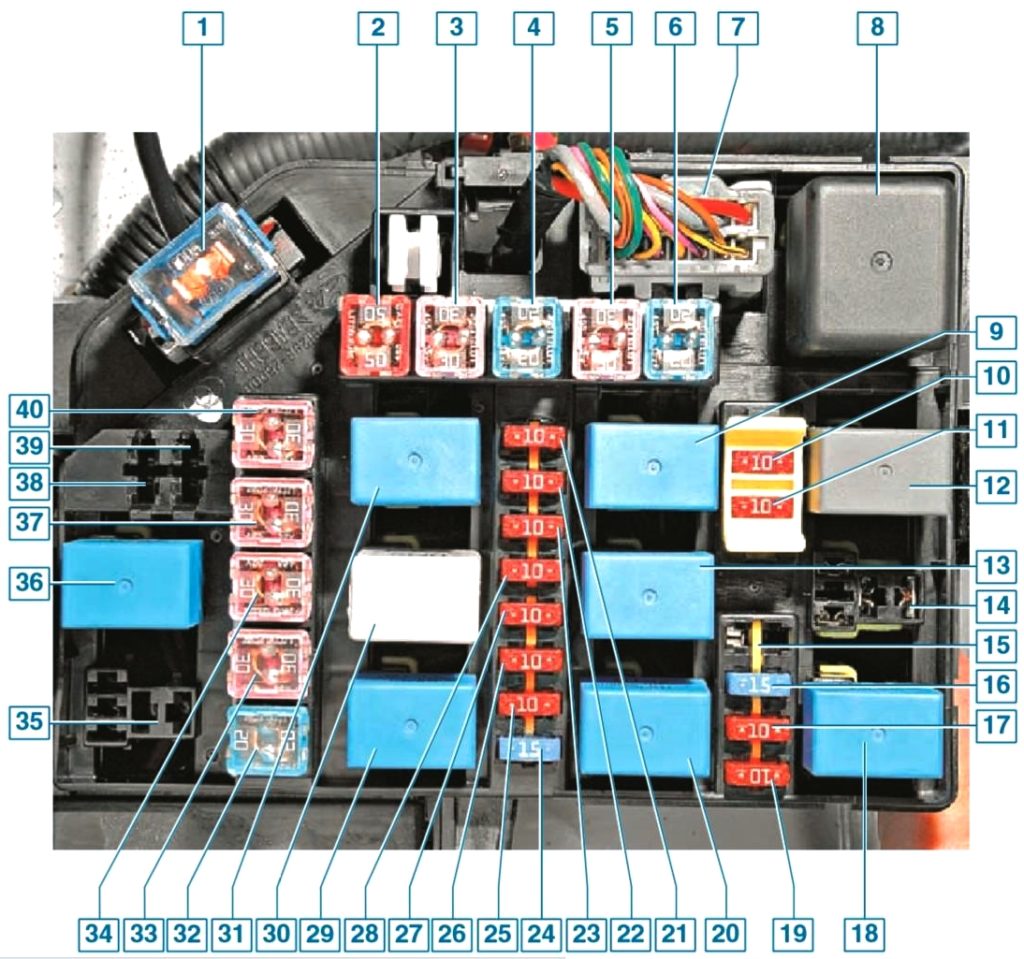What is an accent box?
An accent box is a small, decorative box that is used to add a touch of style to a room. They are typically made of wood, metal, or ceramic, and can be found in a variety of shapes and sizes. Accent boxes can be used to store small items such as jewelry, keys, or change, or they can simply be used as a decorative piece.
Accent boxes have been around for centuries, and have been used in a variety of cultures. In the Victorian era, accent boxes were often made of porcelain or glass, and were often decorated with intricate designs. Today, accent boxes are still popular, and can be found in a variety of styles to match any dcor.
Read also:A Deep Dive Into The Life And Legacy Of Cheryl Crane And Her Wife
There are many benefits to using accent boxes. They can add a touch of style to a room, and can also be used to store small items. Accent boxes can also be used to create a focal point in a room, or to add a touch of personality.
Accent Box
An accent box is a versatile decorative piece that can enhance the aesthetics of any room. Its multifaceted nature encompasses various key aspects:
- Decorative: Enhances visual appeal
- Functional: Stores small items
- Versatile: Adapts to diverse styles
- Historical: Rooted in cultural traditions
- Expressive: Reflects personal taste
- Focal Point: Draws attention in a room
- Customizable: Tailored to specific needs
These aspects combine to make accent boxes a valuable addition to any home. They not only add a touch of style but also serve practical purposes. Whether used to store cherished keepsakes or simply as a decorative element, accent boxes are a testament to the power of small details in creating a unique and inviting space.
1. Decorative
The decorative aspect of accent boxes lies at the core of their appeal. They serve as eye-catching elements within a room, instantly elevating its aesthetic value. Accent boxes come in a myriad of designs, materials, and finishes, allowing them to complement any dcor style.
By strategically placing an accent box on a shelf, table, or mantel, one can create a focal point that draws attention and adds character to the space. Their intricate carvings, vibrant hues, or unique textures become conversation starters, sparking admiration and engaging guests.
Beyond their visual impact, accent boxes also hold practical significance. They offer a discreet and stylish solution for storing small items that might otherwise clutter a room. This functionality makes them ideal for organizing jewelry, keys, spare change, or other personal belongings.
Read also:Discover The Enchanting World Of Simcity Amariah
In essence, the decorative nature of accent boxes not only enhances the visual appeal of a room but also provides a practical solution for keeping small items organized and out of sight. Their versatility and adaptability make them a valuable addition to any home, seamlessly blending form and function.
2. Functional
The functional aspect of accent boxes lies in their ability to store small items, offering a practical solution for decluttering and organizing a space. This functionality is particularly valuable in rooms where surfaces tend to accumulate clutter, such as entryways, desks, and bedside tables.
Accent boxes provide a designated place to keep frequently used items within reach while maintaining a tidy and visually appealing environment. They can be used to store keys, wallets, jewelry, spare change, paper clips, and other small items that would otherwise create a sense of disorder.
The practical significance of this functionality extends beyond mere organization. By keeping small items contained within an accent box, one can minimize distractions and maintain a clear and focused workspace or living area. This can contribute to increased productivity, reduced stress levels, and a more enjoyable living environment.
In conclusion, the functional aspect of accent boxes is not merely an added feature but an integral part of their design. It allows them to serve as both decorative and practical elements within a space, enhancing both the aesthetics and functionality of a room.
3. Versatile
Accent boxes stand out for their remarkable versatility, effortlessly adapting to diverse styles and seamlesslying into any dcor. This adaptability stems from their inherent design flexibility and the wide range of options available.
- Material Diversity: Accent boxes are crafted from various materials, including wood, metal, ceramic, glass, and even recycled materials. This diversity allows them to complement different styles, from classic to contemporary, rustic to modern.
- Design Variations: The designs of accent boxes encompass a broad spectrum, ranging from simple geometric shapes to intricate carvings and ornate embellishments. This versatility enables them to harmonize with both traditional and eclectic dcor schemes.
- Color Spectrum: Accent boxes come in a myriad of colors, from neutral tones to vibrant hues. This allows them to match existing color palettes or serve as a pop of color to enhance a space.
- Functional Versatility: While primarily decorative, accent boxes also offer functional versatility. They can be used to store small items, organize clutter, or even serve as unique planters for small succulents or air plants.
In summary, the versatility of accent boxes lies in their ability to adapt to diverse styles, complementing various dcor themes, and serving multiple functions. Their flexible designs, diverse materials, and wide range of colors empower them to seamlessly into any space, enhancing its aesthetic appeal and functionality.
4. Historical
Accent boxes have a rich history, deeply rooted in cultural traditions across the globe. Their origins can be traced back to ancient times, where they served practical and symbolic purposes.
- Decorative Heritage: Accent boxes have been used for centuries to adorn homes and palaces. In ancient Egypt, they were crafted from precious materials like gold and ivory, showcasing intricate designs and hieroglyphs.
- Cultural Symbolism: In many cultures, accent boxes held significant cultural symbolism. In Japan, lacquerware boxes known as inrō were used for ceremonial tea ceremonies, representing harmony and simplicity.
- Functional Utility: Accent boxes also served practical purposes. In medieval Europe, they were commonly used to store spices, herbs, and other household items, keeping them organized and accessible.
- Artistic Expression: Throughout history, accent boxes have been a canvas for artistic expression. Artisans have adorned them with carvings, paintings, and other embellishments, reflecting the cultural and artistic influences of their time.
The historical significance of accent boxes extends beyond their aesthetic value. They offer a tangible connection to past traditions and cultures, preserving the ingenuity and artistry of our ancestors. By incorporating accent boxes into our homes, we not only add a touch of style but also pay homage to the rich cultural heritage they embody.
5. Expressive
Accent boxes serve as a reflection of an individual's unique style and personality. In the realm of interior design, they offer a subtle yet impactful way to express one's taste and creativity.
- Style Statement: Accent boxes come in a wide variety of designs, from classic to contemporary, minimalist to ornate. The choice of an accent box can reveal insights into a person's preferred aesthetic, whether it leans towards traditional elegance, modern simplicity, or eclectic charm.
- Color Palette: Colors play a significant role in expressing personal taste. The color of an accent box can create a focal point, complement existing dcor, or introduce a touch of vibrancy. From neutral tones to bold hues, the color choice reflects an individual's color preferences and sense of style.
- Material Matters: The material of an accent box can also convey personal taste. Natural materials like wood and stone exude a sense of warmth and authenticity, while metallic accents add a touch of sophistication. The choice of material can align with an individual's lifestyle and values, whether they prefer sustainable options, durable finishes, or luxurious textures.
- Artistic Flair: Accent boxes often feature intricate designs, hand-painted details, or unique embellishments. These artistic elements provide an avenue for personal expression. They can reflect an individual's appreciation for craftsmanship, love for nature, or admiration for a particular artistic style.
In conclusion, accent boxes are not merely decorative accessories but also expressive tools that allow individuals to infuse their personality into their living spaces. Through their designs, colors, materials, and artistic details, accent boxes become a reflection of personal taste and style, contributing to the creation of unique and inviting environments.
6. Focal Point
Within the realm of interior design, creating a focal point is crucial for establishing a room's visual hierarchy and guiding the eye. Accent boxes, with their inherent decorative appeal and versatility, play a pivotal role in achieving this effect.
- Intriguing Designs: Accent boxes captivate attention with their unique designs. Whether adorned with intricate carvings, vibrant patterns, or eye-catching textures, they become instant conversation pieces. Their presence commands attention and draws the gaze towards a specific area of the room.
- Strategic Placement: The placement of an accent box is instrumental in creating a focal point. By positioning it on a mantle, shelf, or tabletop in a prominent location, it instantly becomes a visual magnet. This strategic placement ensures that the accent box commands attention and elevates the overall aesthetics of the space.
- Color Contrast: Accent boxes offer a wonderful opportunity to introduce a pop of color or create a harmonious contrast within a room. By choosing a box with a hue that complements or juxtaposes the existing color scheme, it becomes a striking focal point that draws attention and adds visual interest.
- Height and Dimension: The height and dimension of an accent box also contribute to its ability to create a focal point. A tall, slender box placed on a low table or a wide, squat box positioned on a high shelf can create a sense of visual balance and draw attention to the area.
In conclusion, accent boxes serve as powerful tools for creating focal points within a room. Their captivating designs, strategic placement, contrasting colors, and varied dimensions make them effective in drawing attention and enhancing the overall aesthetics of a space.
7. Customizable
Within the realm of interior design, customization is paramount for creating spaces that truly reflect personal style and functional requirements. Accent boxes, with their inherent versatility, offer a multitude of customizable features that allow them to be tailored to specific needs and preferences.
- Size and Shape: Accent boxes come in a wide range of sizes and shapes, from petite trinket boxes to larger decorative pieces. This allows individuals to choose the perfect size for their intended use, whether it's storing small jewelry items or showcasing a cherished memento.
- Materials and Finishes: Accent boxes are crafted from a variety of materials, including wood, metal, ceramic, glass, and even recycled materials. Each material offers unique aesthetic qualities and durability characteristics, enabling users to select the one that best complements their existing dcor and personal taste.
- Color and Patterns: The color and pattern options for accent boxes are virtually endless. From solid hues to intricate designs, there's a box to match any color scheme or personal preference. This level of customization allows individuals to create a cohesive and visually appealing space that reflects their unique style.
- Functional Features: While primarily decorative, accent boxes can also be customized to include functional features. Some boxes feature compartments or drawers for organizing small items, while others may have built-in lighting to showcase special collections or create a warm ambiance.
In conclusion, the customizable nature of accent boxes empowers individuals to create truly personalized and functional spaces. By tailoring the size, shape, materials, finishes, and features of these versatile pieces, one can achieve a cohesive and visually appealing dcor that meets their specific needs and preferences.
Frequently Asked Questions about Accent Boxes
This section addresses common questions and misconceptions surrounding accent boxes, providing informative answers to enhance understanding and appreciation for these versatile decorative pieces.
Question 1: What are the typical uses for accent boxes?
Answer: Accent boxes serve a dual purpose, combining decorative appeal with functional utility. They are commonly used to add visual interest to a room while simultaneously providing a practical solution for storing small items, decluttering surfaces, or organizing cherished keepsakes.
Question 2: How can accent boxes enhance the aesthetics of a space?
Answer: Accent boxes contribute to a room's aesthetics in several ways. Their intricate designs, vibrant hues, and unique textures become eye-catching elements that draw attention and add character to a space. They can be used to create focal points, complement existing dcor, or introduce a touch of color and visual interest.
Question 3: What are the different types of accent boxes available?
Answer: Accent boxes come in a wide variety, encompassing various designs, materials, and sizes. They can be crafted from wood, metal, ceramic, glass, or even recycled materials, each offering distinct aesthetic qualities and durability characteristics. The designs range from simple geometric shapes to intricate carvings and ornate embellishments, catering to diverse tastes and dcor styles.
Question 4: How do I choose the right accent box for my space?
Answer: Selecting the perfect accent box involves considering the following factors: the overall style of the room, the desired functionality, the available space, and personal taste. It's recommended to choose a box that complements the existing dcor while adding a touch of individuality. Experiment with different sizes, shapes, and colors to find the one that best enhances the aesthetics of the space.
Question 5: Are accent boxes suitable for all rooms in a house?
Answer: Accent boxes are versatile decorative pieces that can be incorporated into various rooms throughout a house. They are commonly used in living rooms, bedrooms, hallways, and home offices, adding a touch of style and functionality to each space. However, it's important to consider the overall dcor and available space when choosing accent boxes for specific rooms.
In conclusion, accent boxes offer a unique blend of aesthetics and functionality, making them valuable additions to any home. By understanding their diverse applications, materials, and styles, one can harness the power of accent boxes to enhance the visual appeal and functionality of their living spaces.
Transition to the next article section: For further inspiration and ideas on incorporating accent boxes into your home dcor, explore our curated collection of beautifully styled spaces that showcase the versatility and impact of these decorative pieces.
Accent Box
This exploration of accent boxes has illuminated their multifaceted nature, encompassing both aesthetic appeal and functional utility. They serve as decorative elements, adding visual interest and character to any room, while also providing a practical solution for organizing small items and decluttering surfaces.
Accent boxes come in a wide variety of designs, materials, and sizes, allowing for customization to suit diverse tastes and dcor styles. Their versatility extends to their functionality, as they can be used for storage, display, or even as unique planters for small succulents or air plants.
The significance of accent boxes lies in their ability to enhance the aesthetics of a space while simultaneously addressing practical needs. They offer a simple yet effective way to add a touch of personal style and create a more inviting and organized living environment.


